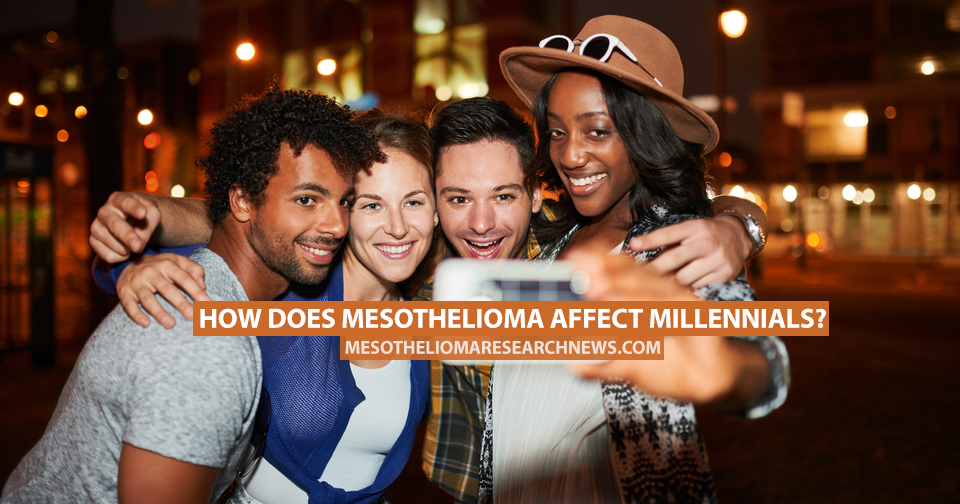People tend to associate the chronic lung disease mesothelioma with elderly people, given that it can take anywhere between 20 and 50 years for symptoms to show up. In addition, asbestos exposure was much more common 50 years ago than it is now.
Find out who discovered mesothelioma and where the first documented cases of the disease were.
According to the Mesothelioma Cancer Alliance, millennials may still be at risk of asbestos exposure. Many old public buildings like schools, libraries, university buildings etc., contain asbestos which if damaged could potentially leech the deadly fibers into the atmosphere. This risk increases if you work in construction, and there are some other industries where the use of asbestos (although heavily controlled which minimizes the risks) still continues, like automobile components and cement products.
However, it is more likely that millennials experience of mesothelioma will be as a relative to someone who has the disease, maybe a parent or grandparent, or as a care worker.
Millennials can also play a part in helping to ensure that more asbestos-related bills are passed, which will help to protect future generations end mesothelioma for good. In addition, it will be millennial doctors who work towards better treatments and a cure for mesothelioma and millennial scientists who invent safe and effective alternatives for asbestos.
Find out about the different doctors involved in treating mesothelioma patients.
Mesothelioma Research News is strictly a news and information website about the disease. It does not provide medical advice, diagnosis or treatment. This content is not intended to be a substitute for professional medical advice, diagnosis, or treatment. Always seek the advice of your physician or other qualified health provider with any questions you may have regarding a medical condition. Never disregard professional medical advice or delay in seeking it because of something you have read on this website.


